Eurasian watermilfoil plants form thick underwater stands and dense mats on water surfaces. In todays video Brook.
Eurasian Watermilfoil Myriophyllum Spicatum Species Profile
The stems branch and commonly grow to lengths up to 10 feet.
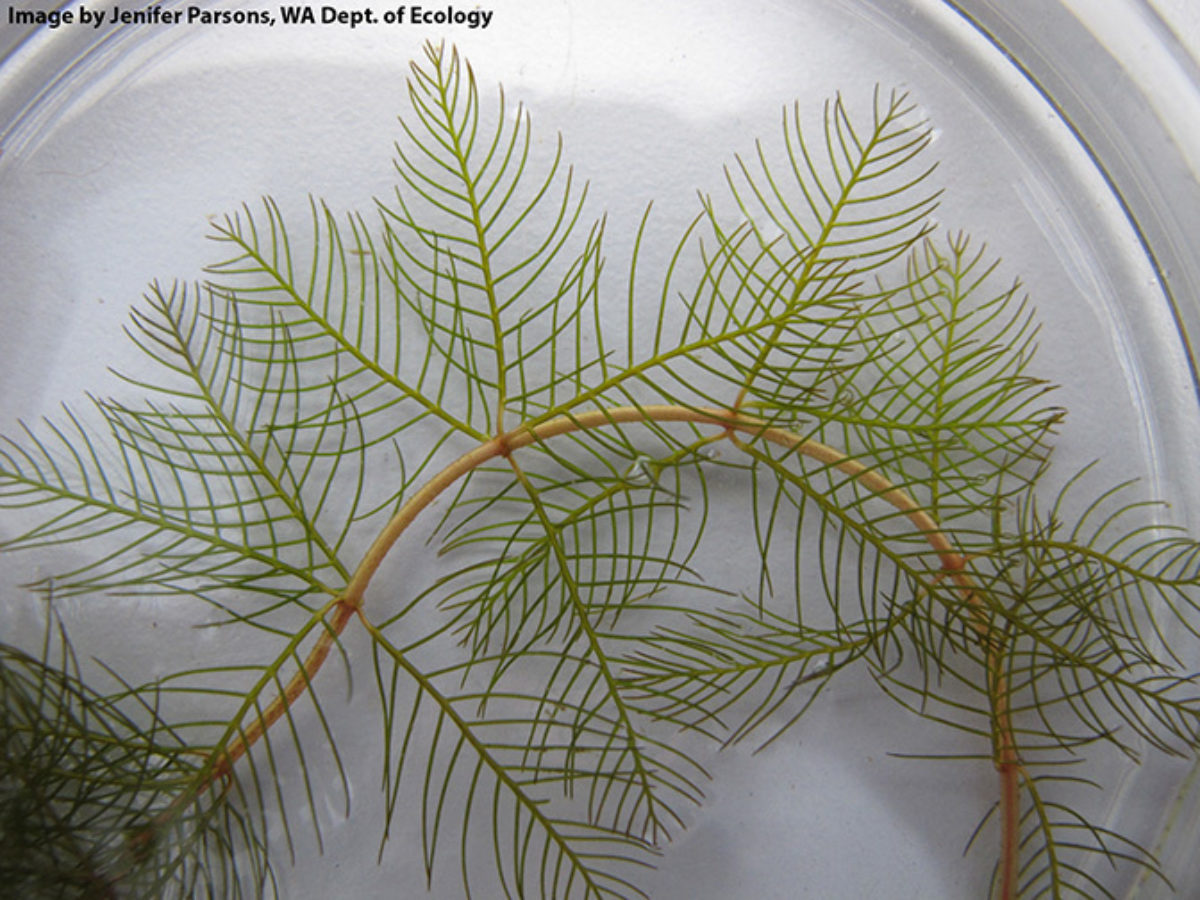
Eurasian water milfoil identification. Northern watermilfoil is often mistaken for coontail or Eurasian watermilfoil but it does not branch at the surface as much as Eurasian watermilfoil does. Pieces of the plant grow roots to develop a new plant. How to Identify Eurasian Water-Milfoil.
Northern typically has half as many leaflet pairs as Eurasian has. Tiny reddish flowers grow on spikes 5 to 20 cm long that rise above the water towards late summer August-September. Generally found in water less than 61 m 20 ft deep it quickly forms thick damaging mats that are causing harm in shallow areas of rivers and lakes throughout North America.
Floating plant fragments produced by waves and boaters are spread by water currents making the plant difficult to contain. Submerged limp aquatic plant Whorls circles of four delicate feather-like leaves around stem Usually 12 to 21 leaflet pairs per leaf To report invasive species. New plants develop when the fragments sink rooting best in protected locations.
Eurasian watermilfoil is a feathery submerged aquatic plant that was once commonly sold as an aquarium plant. EWM grows rapidly and can form densely tangled mats of vegetation near the water surface that shade out native aquatic plants. 49 rows Animated Map.
Greyish-green and finely divided pairs of fine thin leaflets about ½-2 long. Feather-like green leaves circle the stem in groups of four or five. The northern species also forms winter buds groups of small dark brittle leaves in late fall and winter but the Eurasian.
In order to prevent further spread of this and other aquatic weeds boaters should clean all vegetation from boats and trailers before moving between lakes. Deceptively delicate and fragile in appearance the Eurasian watermilfoil forms thick mats in shallow areas of a lake quickly growing and spreading to block sunlight killing off native aquatic plants that fish and other underwater species rely on for food and shelter. The most common native water-milfoil in Wisconsin lakes is northern water-milfoil.
Eurasian water milfoil is one of eight water-milfoil species found in Wisconsin and the only one that is not native. Leaves have 12 or more thread-like segments. Eurasian watermilfoil can grow in adverse conditions high nutrientspollution or high traffic areas that native submerged species cannot tolerate Benson et al.
Eurasian Watermilfoil Myriophyllum spicatum Characteristics. Leaflets give milfoil a feathery appearance that is a distinguishing feature of the plant. Stems are rooted at the base and grow towards the surface.
Correctly Identifying Eurasian Watermilfoil One of the problems with Watermilfoil is that there are native non-invasive species you want to protect the main one of which is Northern Watermilfoil. Eurasian water milfoil is a. Eurasian watermilfoil is non-native to North America and should not be spread.
Eurasian Watermilfoil is an exotic species. Flowers are small red or yellow and stick out from the. Please report sightings to the Texas Parks and Wildlife Department at 512 389-4800.
Eurasian water milfoil produces small 4-parted flowers on a. It has thin stems that branch and can be appear green brown or pinkish white. How to Manage This Plant.
Eurasian water-milfoil has slender stems encircled by feathery leaves in groups. Eurasian water milfoil is a submerged perennial plant. Eurasian watermilfoil is a submerged aquatic plant that is present in many lakes in King County especially lakes with public boat launches.
Using this guide helps to distinguish Eurasian water-milfoil from similar native. It bears a strong resemblance to Eurasin water-milfoil and identification between the two plants can be difficult. Dense mats of Eurasian watermilfoil can support the weight of frogs and wading birds Aiken et al.
EWM out-competes native vegetation and degrades aquatic habitats by reducing biodiversity. Eurasian watermilfoil EWM is one of the most problematic invasive aquatic plants in North America. Eurasian watermilfoil prefers shallow water 1 to 3 metres 3 to 9 deep but can root in up to 10 metres 12 of water.
The recommendation for Eurasian water-milfoil was based upon this literature review PDF developed by the department. It can dominate a pond very quickly by fragmentation. According to Brant Lake Milfoil Control It can be distinguished by the number of leaf divisions.
EWM forms dense canopies of growth in the water which can make boating and fishing impossible and degrade property values. It is easiest to identify when it is blooming or has fruits on it. The plant is a perennial that grows under the water surface.
It can grow in water from 05 to 10 m deep but most commonly at depths up to 3 m deep and has feather like foliage. Northern leaves are rigid when removed from the water but Eurasian leaves are limp when out of water. Eurasian water-milfoil is an invasive aquatic plant that can be easily spread to new lakes by hitching a ride on your boat or trailer.
Wrap plant in wet paper towel place in sealed plastic bag chill or refrigerate. Eurasian water-milfoil EWM is an introduced invasive aquatic plant that has been identified in Shawnigan Lake and has been here since the late 70s. Eurasian Watermilfoils stems are red to brown in color.
How to Identify Eurasian watermilfoil has reddish-brown stems with very thin feathery green-black leaves. Its leaves are feather-like that sometimes produce reddish flowers that extend above the water. This is a non-native plant that should not be grown as it is invasive and illegal to possess or transport this species in Texas.
Eurasian milfoil has 9-21 pairs of leaflets. John Halpop - Montana State Univ.

Bad Milfoil Bad Bad The Bad Kind Of Milfoil Eurasian Wa Flickr

Shawnigan Residents Association Milfoil
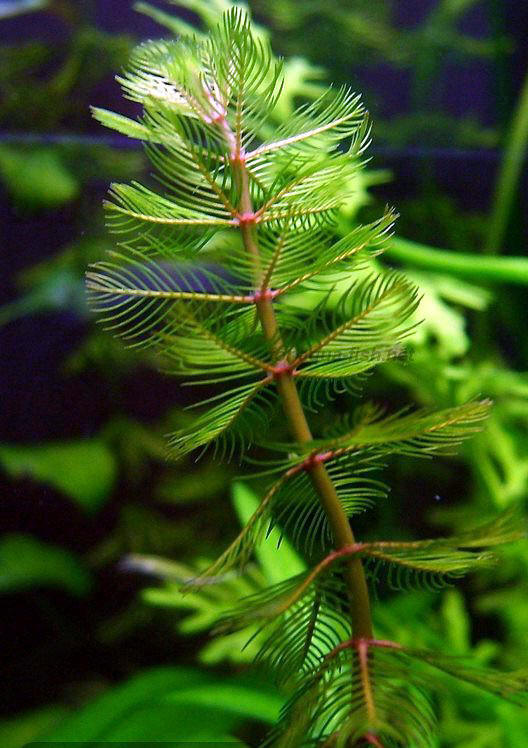
Eurasian Watermilfoil Slelo Prism
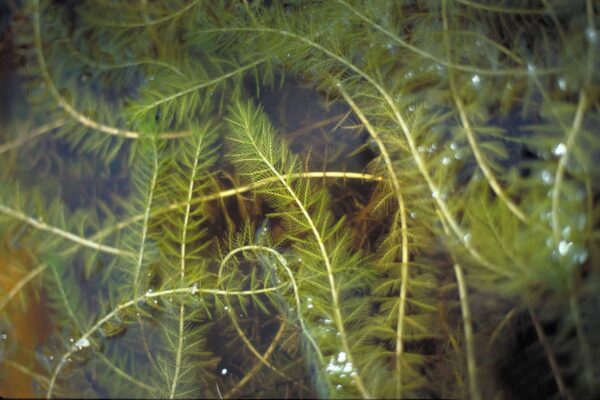
Eurasian Watermilfoil Invasive Species Council Of British Columbia
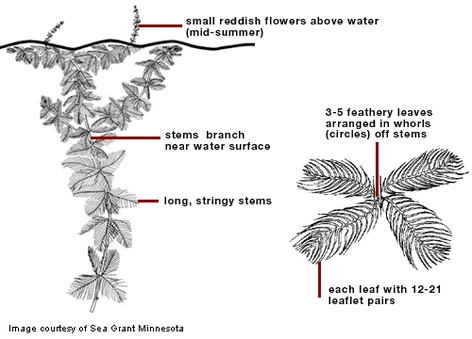
Eurasian Watermilfoil Tip Of The Mitt Watershed Council
Eurasian Watermilfoil Blackwater Lake Association Inc
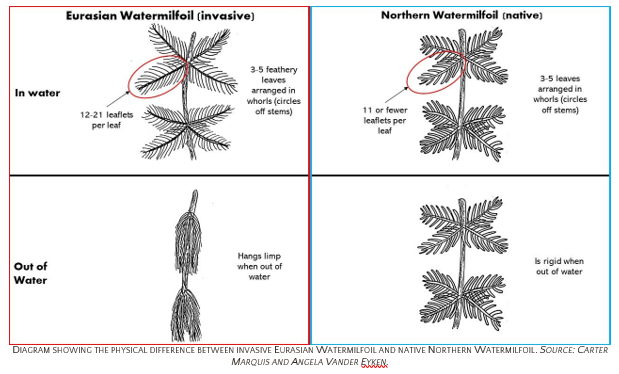
Clogging The Lakes Eurasian Watermilfoil

Hybrid Milfoil Study Mcwd Minnehaha Creek Watershed District
Eurasian Watermilfoil Myriophyllum Spicatum Species Profile
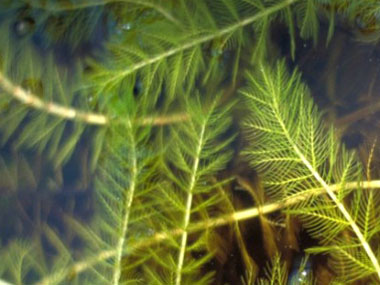
Eurasian Watermilfoil Pictures Flowers Leaves Identification Myriophyllum Spicatum
Milfoil Lake Rescue Association

Eurasian Water Milfoil Weed Identification Brisbane City Council
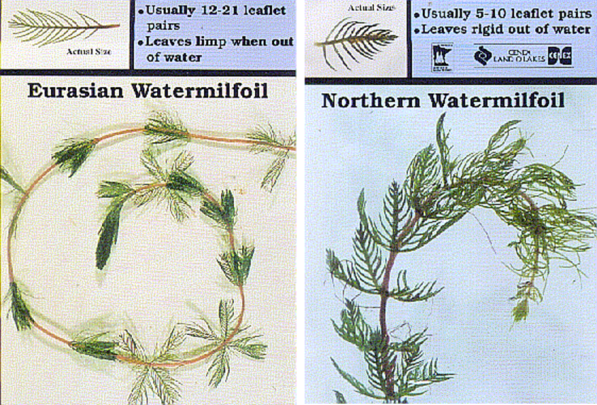
Milfoil Weevil Minnesota Aquatic Invasive Species Research Center Maisrc
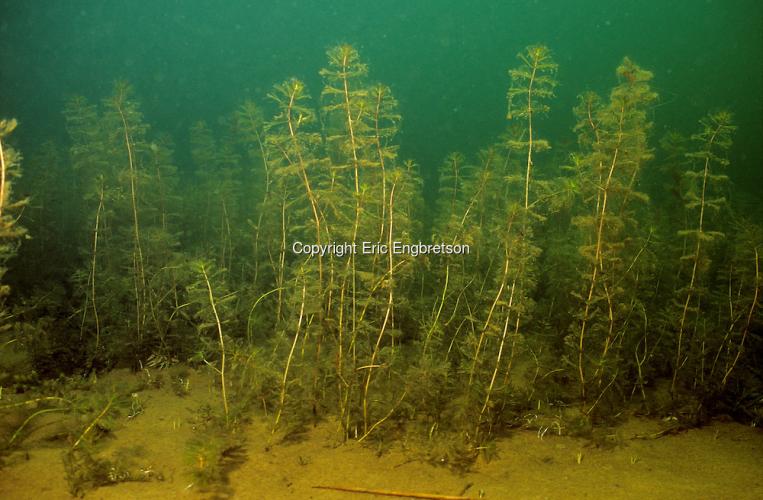
Eurasian Watermilfoil Vermont Invasives
Invasive Species Lake John Minnesota



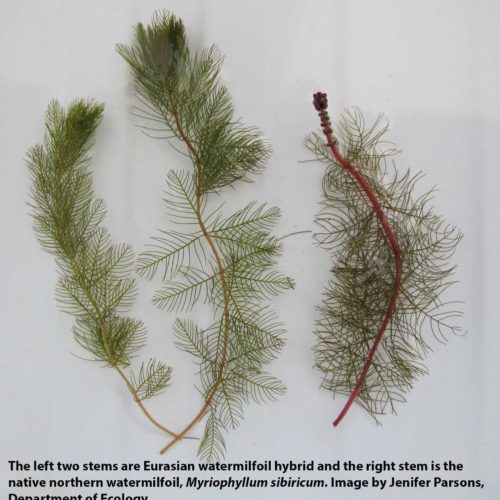
Posting Komentar